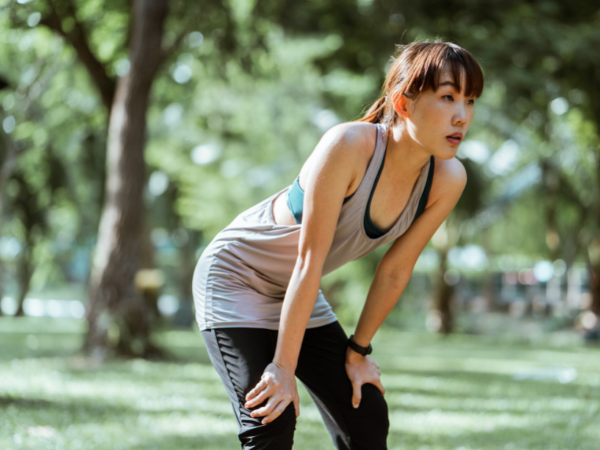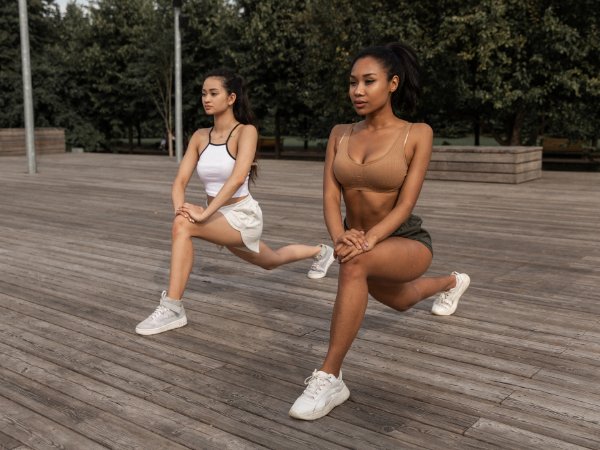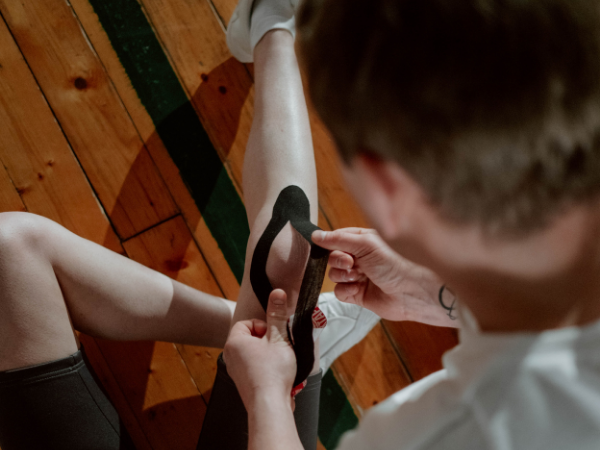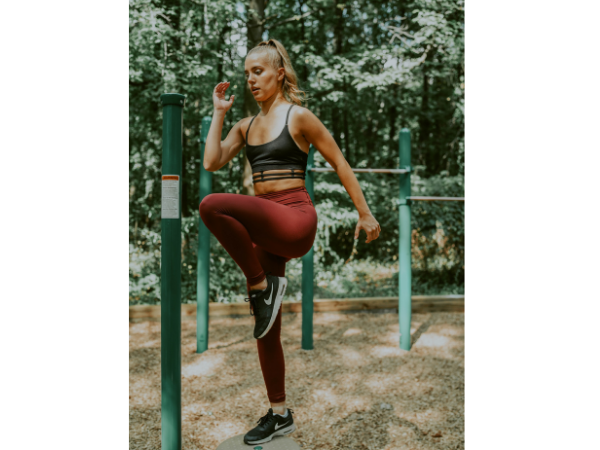What is runner’s knee – symptoms and treatment
First off, if you don’t run, it doesn’t mean you’re an exception to having this knee disorder. Although it’s called runner’s knee, running can also be the cause of a runner’s knee.
Although other factors play a major role in having a runner’s knee, if you do routines that can repeatedly stress your knee joints, you can have the disorder. These activities include cycling, jumping, biking, walking, skiing, and playing soccer.
Runner’s Knee Definition

Photo Credit: Pexels
Let’s dissect the bits! Runner’s knee is the common term used to describe one or pain-inflicted knee problems that doctors call patellofemoral pain syndrome in a broader spectrum. It’s not even a special injury to start with, but it causes pain around your kneecap or, in medical terms, patella.
The conditions that come with this are knee pain syndrome, chondromalacia patella, patellofemoral malalignment, and iliotibial band. As concluded by Harvard Medical School study, women of middle age are more prone to have this condition than men. Those who are overweight are also candidates to have a runner’s knee.
Some of the factors that can bring about this disorder:
- A hard and direct to the knee – if you fall or blown knee caps
- Feet problems – like fallen arches (flat feet), overpronation ( foot rolls down and inward when you step ), hyper-mobile feet ( joints around the wet move more than they should )
- Overuse – Doing a lot of high-stress workouts ( plyometrics and lunges ) and repeatedly bending of knees
- Weak thigh muscles – the big muscles in front of your thigh keep your kneecaps in place when you bend, so if they’re weak, your kneecap might not stay in the right area.
- Chondromalacia patella – when the cartilage under your kneecap breaks down
What does a runner’s knee feel like?

Photo Credit: Pexels
Do you ever wonder how it feels to have this condition? Watch out for a dull pain behind the kneecap or sometimes in front of the knee. This is the main indication that you already have a runner’s knee. Although there are still some common symptoms to look out for, we’ve listed them for you below.
You feel an aching pain when you:
– bend knee
– walk
– squat
– kneel
– run
– stand up from a chair
– walk downstairs or downwards ( pain is worse )
– sit for a long time while knees are bent
– climb stairs or upwards
Other symptoms of runner’s knee include:
– swelling of knees
– grinding or popping feeling in the knees
How do you fix a runner’s knee?

Photo Credit: Pexels
Runner’s knee is not a serious medical condition but not something to overlook at. In most cases, a runner’s knee can improve on its own, given the time, treatments, or medications. We’ve rounded up some of the first-aids you can apply whenever there’s a sudden hit of knee pain.
- Rest the knee: If you can, try to avoid repetitive movements. Running, lunging, squatting, sitting, and standing for long periods can worsen the pain.
- Compressor wraps the knee: You can use an elastic bandage, sleeves, or patellar straps to reduce swelling. Remember not to wrap too tightly as it may cause swelling below your knees.
- Ice the knee: This helps a lot to ease swelling and pain. Try to apply cold packs or a package of frozen peas for 20-30 minutes every 3-4 hours. Do it until there’s no pain.
- Elevate the leg: Practice elevation. Put a pillow under your knee when you sit or lie down. When the swelling is intense, keep your foot elevated above the knee and the knee above the heart level.
- Take NSAIDs: These are your typical over-the-counter ibuprofen, aspirin, and naproxen. Tylenol, with its active ingredient Acetaminophen, can also help you ease your runner’s knee pain. If you are taking other prescription medicines or have other health conditions, it’s still best to ask for medical advice before taking any of these medications.
- Try using orthotics: These are shoe inserts that help with the positioning of your feet. You can even have them custom-made to your preference.
Depending on your runner’s knee case, your doctor may instruct you to do specific exercises or even physical therapy to regain your knee’s normal strength and range of motion. Some doctors might advise you to use braces for pain relief and added support. Taping your knee is also another option. However, if your kneecap needs realigning or your cartilage is damaged, your doctor might suggest surgery.
How long does it take for a runner’s knee to heal?

Photo Credit: Pexels
A runner’s knee recovery period varies for everyone. Given the right medication and rest, it can heal, and pain can be gone in 2-3 weeks. If it’s a severe case with irritable pain, healing time is a maximum of 4-6 weeks.
If you’re a runner, you need to take some time off from running before you can go back to your normal routine. Here are some tips you can try to help your runner’s knee heal faster.
Try stretching and strengthening exercises. Focus on your quadriceps muscles. Your doctor may suggest a physical therapist. Do stretches that’ll let you straighten your knee.
Have plenty of rest. Just sit back, relax, chill and enjoy some of Netflix’s feel-good movies. Also, try to keep your body weight off your injured knee. Don’t let your knee bend a lot, even when you’re in relaxation mode.
Related Articles
Let your knees rest. Try to avoid stairs or hills as you’ll likely feel pain when going upwards. If you don’t give your knees some time, your recovery time will be longer. To be safe, try to avoid any physical activity until you’re fully healed.
Key Takeaway
Active runner or not, runner’s knee is a condition that anyone can have. You’ll need to cut back on running or your exercise routines if you have this. Keep in mind that people heal at different rates.
So if you have a runner’s knee, give it time and the appropriate medications. Plus, rest, rest, and rest! You’ll be surprised how many injuries heal with just a little rest.

